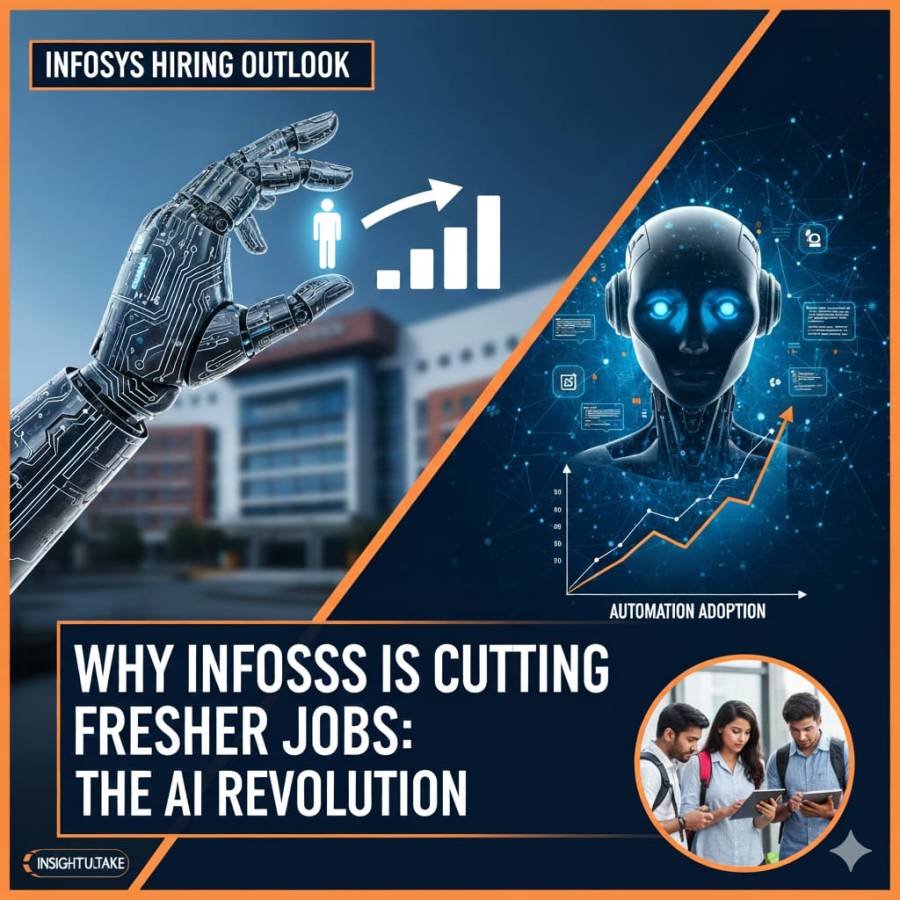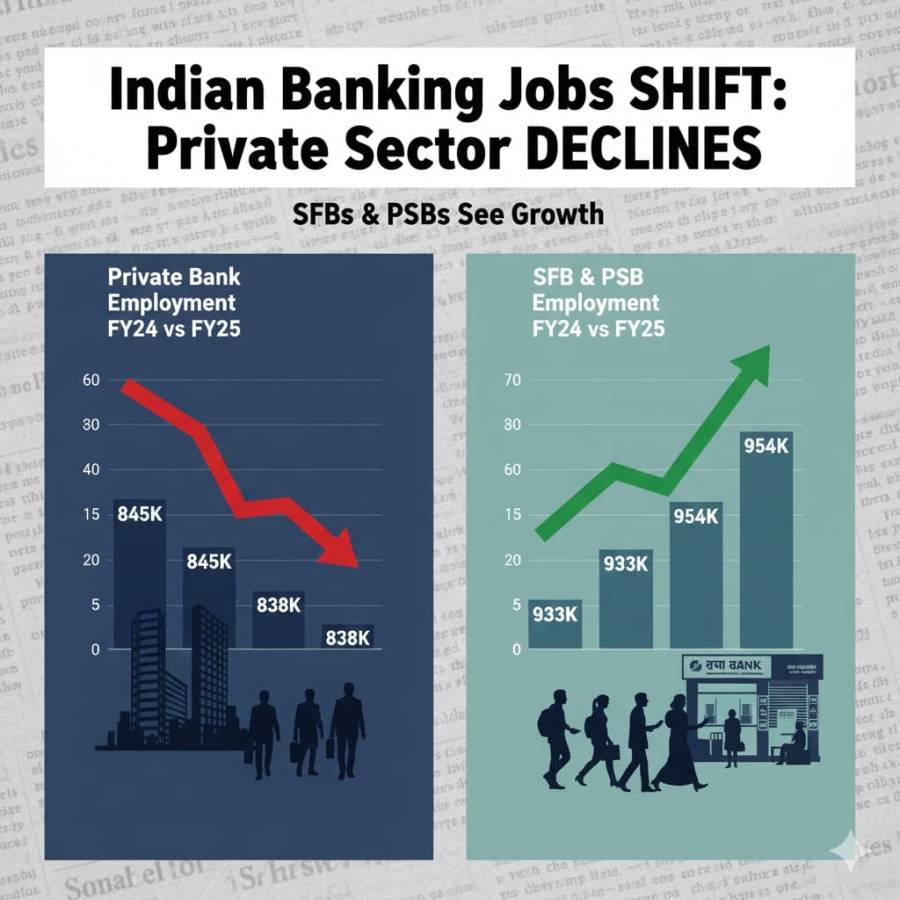.jpeg)
India’s festive season shopping rush has turned sour this year. Packages are piling up in warehouses, deliveries are delayed, and customers are left frustrated as the last-mile chain struggles with rider shortages and soaring demand.
Over the past few weeks, large online retailers and their logistics partners have been overwhelmed. Riders, who form the backbone of the delivery network, are quitting in significant numbers. Many are moving to rival platforms that offer better pay or shorter shifts. Others are unwilling to endure the long hours and heavy traffic that festive demand brings. This exodus has crippled the ability of delivery firms to cope with the surge in orders.
Companies admit the scale of the disruption. Major platforms acknowledge that shipments are stuck in warehouses as they scramble to replace missing riders. In several cities, including Bengaluru and Delhi, backlogs are running into thousands of parcels, with customers waiting far beyond promised timelines.
For shoppers, the delays are more than an inconvenience. The festive season is built around rituals, gifting, and family gatherings that depend on timely deliveries. A package that arrives a week late often loses its purpose. Social media timelines are flooded with complaints from customers whose groceries, electronics, and festive essentials have been rescheduled again and again.
The crisis highlights the fragile balance of India’s online retail ecosystem. Marketplaces have scaled rapidly, connecting millions of buyers and sellers. But the logistics system that supports them is still heavily dependent on gig workers whose pay and working conditions remain under strain. When these workers feel undercompensated, they simply switch platforms or pause work, leaving orders stranded.
In theory, companies were prepared. Every year, the weeks before Diwali bring a surge in shopping. But this year, several factors combined to make the load heavier. Discounts were launched earlier and at larger scales. More categories, from groceries to fashion, were pushed online. And consumer expectations, shaped by one-day delivery promises, left little margin for error.
Warehouses are also buckling under pressure. With fewer riders on the road, goods are stacking up at dispatch centers. Managers say that even as they sort and scan parcels, they cannot move them out fast enough. Each undelivered item adds to the next day’s load, creating a snowball effect. What begins as a one-day delay quickly grows into a backlog stretching over a week.
Industry observers point to a structural flaw. Online platforms, which profit by connecting buyers and sellers, rarely own the logistics chain outright. Instead, they rely on contracted firms and gig workers. This asset-light model allows rapid growth but leaves them vulnerable when the physical chain breaks down. The current pileup is a stark reminder that a digital marketplace is only as strong as its weakest delivery link.
Companies are now scrambling to fix the mess. Recruiters are rushing to hire temporary staff. Some firms are offering festive bonuses and higher per-delivery rates to lure riders back. Others are diverting orders to alternative logistics partners. But these are temporary solutions. Until supply stabilizes, customers should expect delays to continue.
The larger question is whether India’s booming e-commerce sector can sustain growth without investing more heavily in reliable delivery systems. For millions of buyers, the smoothness of a shopping experience is not defined by a sleek app or flashy discount but by whether the package arrives on time.
This year’s festive delivery stuck is not just about late gifts or missed parties. It is a lesson that platforms creating immense digital value must also ensure their physical backbone keeps pace. Without that balance, every celebration risks being overshadowed by disappointment.





















